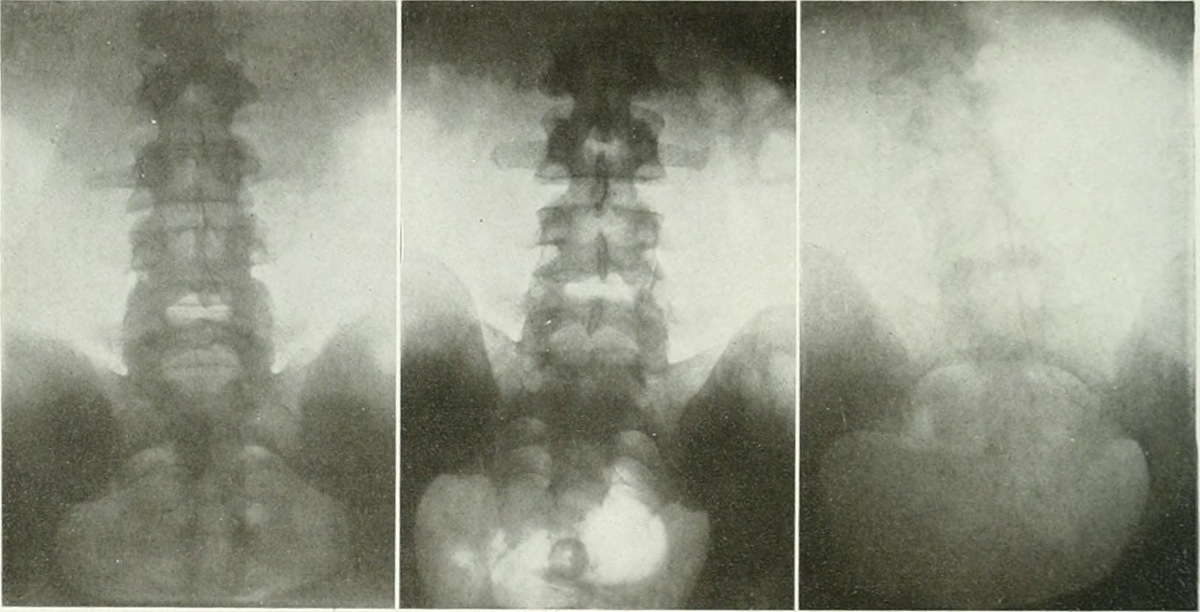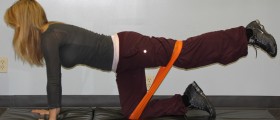
Sacroiliac joint, also known as SI joint, is the joint positioned in the pelvis between the sacrum and the ilium of the pelvis. This joint plays a significant role in the human musculoskeletal system, since the sacrum supports the spine. The human body has two sacroiliac joints, one on the left and one on the right. Each of them supports the spine and the hips. These joints also allow torsional or twisting movements when the legs are in movement. A lot of sacroiliac injuries can take place causing unilateral low back pain. In some cases, the joint can become inflamed, resulting in the pain in the low back, buttock or thigh, depending on the amount of inflammations. The cause behind sacroiliac joint dysfunction probably lies in a disruption of the correlative movements between the left and right sacroiliac joints.
Symptoms of sacroiliac joint injuries
The most prominent symptom of sacroiliac joint injury is pain which is typically located either on the left or the right side of the lower back. The intensity of pain may vary from one person to another, from a simple ache to very sharp and disabling pain that can also restrict the movement.
In some cases, the pain may radiate to the buttocks region and low back, but sometimes it is even reflected to the front region. Some males may even complain about the tension and pain in testicles.
The pain may radiate all the way through the lower limb, which is commonly mistaken for sciatica. Affected patient will have serious problems with finding a proper position. It may be very hard to rest in bed, or conduct simple daily tasks such as putting on socks or shoes, or getting out of the car.
Patient’s lower back will typically be very stiff, especially after sitting for a long time. Slight palpitations and tenderness of the surrounding ligaments are also among the common symptoms.
Treatment of sacroiliac joint injuries
When the sacroiliac joint injury occurs, one can easily start the home treatment by taking a rest from any pain-causing activities. If the muscles have tightened up, a warm pack may help to relax the area. However, one should restrain from using the warm bandage if the inflammatory condition is suspected. In these situations, medications such as ibuprofen may be helpful.
Doctors will probably use diagnostic tests to determine the cause of the injury and treat the cause and the symptoms at the same time. In most of the cases, sports massage will be recommended, or even a rehabilitation program to correct any muscle imbalances.

















Your thoughts on this
Loading...